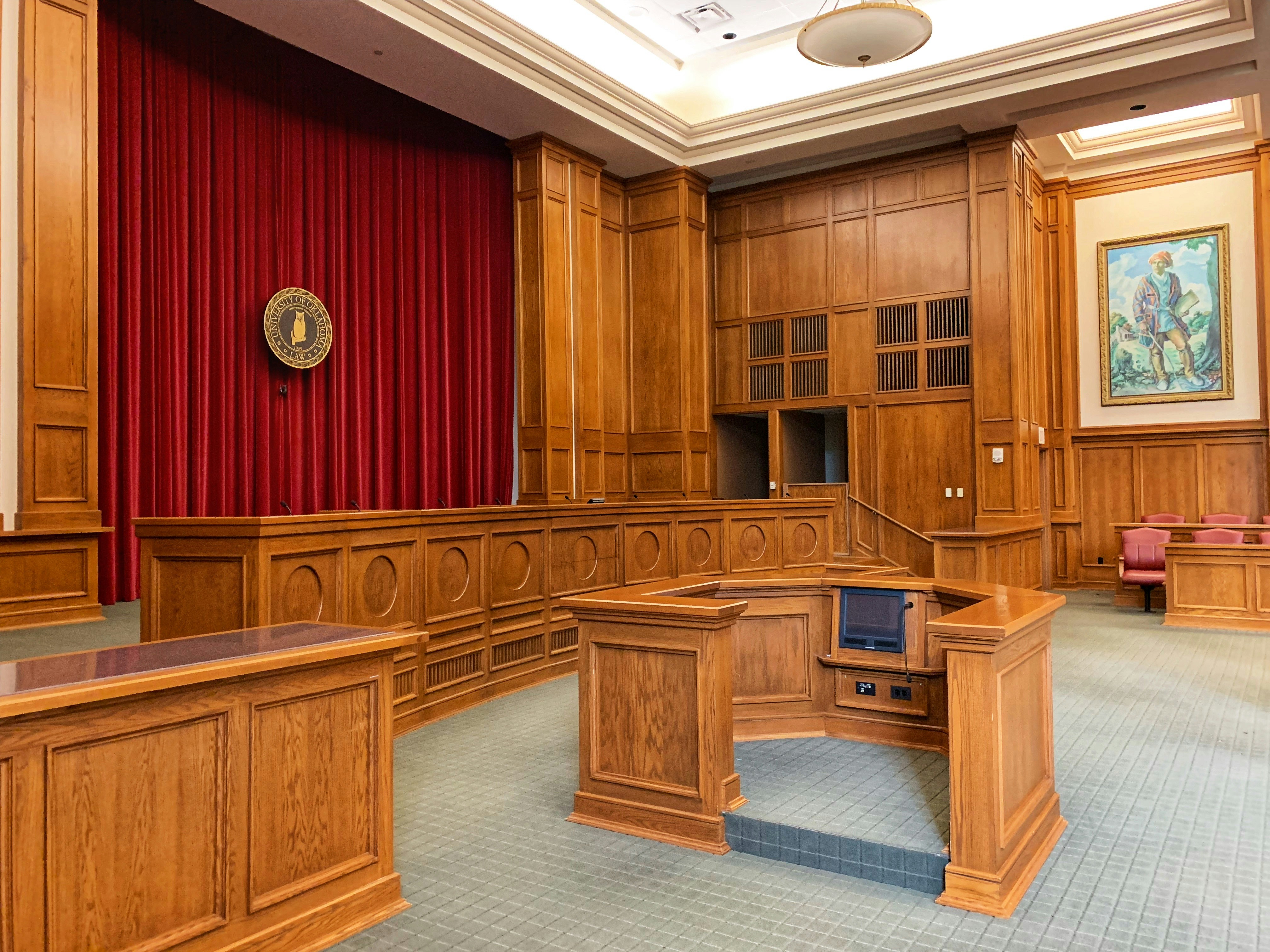"Examining the Role of Executive Orders in Modern Governance"
Introduction: The fabric of modern governance is complex, interwoven with numerous powers and checks that ensure the smooth functioning of a democratic society. One such tool, the Executive Order, serves as a significant instrument in the hands of the President. This article delves into the historical context, current relevance, implications and societal impact of Executive Orders.

The Historical Context of Executive Orders
Executive Orders represent a power vested in the President by the Constitution. They are directives issued by the President of the United States that manage operations of the federal government. While the legal authority underlying Executive Orders can be vague, they are usually rooted in the Constitutional Article Two, which vests the “executive Power” in the President. The first Executive Order was issued by President George Washington in 1789, setting a precedent for future leaders to shape policy outside of legislative channels.
The Current Relevance of Executive Orders
In today’s political landscape, Executive Orders have increasingly become a go-to tool for Presidents to enact policy changes quickly. They serve as a way to bypass potential gridlock in Congress and make immediate, often far-reaching, changes. Recent Presidents, from Barack Obama to Donald Trump and Joe Biden, have all made extensive use of Executive Orders on a range of issues, from immigration to health care, and environmental policy.
Key Legal Developments Surrounding Executive Orders
While Executive Orders serve a crucial function, they have also sparked numerous legal challenges. These challenges often center around the balance of power between the executive and legislative branches. The Supreme Court has occasionally stepped in to assess the constitutionality of these orders, such as in the famous case Youngstown Sheet & Tube Co. v. Sawyer in 1952, where the court ruled that President Truman’s order to seize steel mills during the Korean War was an unconstitutional overreach of executive power.
The Societal Impact of Executive Orders
The societal impact of Executive Orders can be vast and immediate. They can shape policy across the nation and affect the lives of millions. For example, President Trump’s Executive Order 13769, commonly known as the “travel ban,” had immediate effects on immigration policy and sparked widespread protests. Similarly, President Obama’s Executive Order to protect young immigrants from deportation, known as DACA, has had significant implications for hundreds of thousands of individuals.
The Implications of Executive Orders
While they can be effective tools for immediate policy change, the use of Executive Orders also raises important questions about the balance of power in our democracy. Critics argue that they can undermine the role of Congress and potentially lead to an imbalance of power. However, supporters argue that they are a necessary tool for Presidents to enact their policy agenda and respond swiftly to pressing issues.
In conclusion, Executive Orders represent a powerful tool within the executive branch, capable of instant policy change. While they are rooted in the Constitution, their use continues to spark legal and societal debate, reflecting the dynamic nature of modern governance. As citizens, our understanding of these mechanisms is crucial to comprehend the functioning of our government and the unfolding of our nation’s history.




